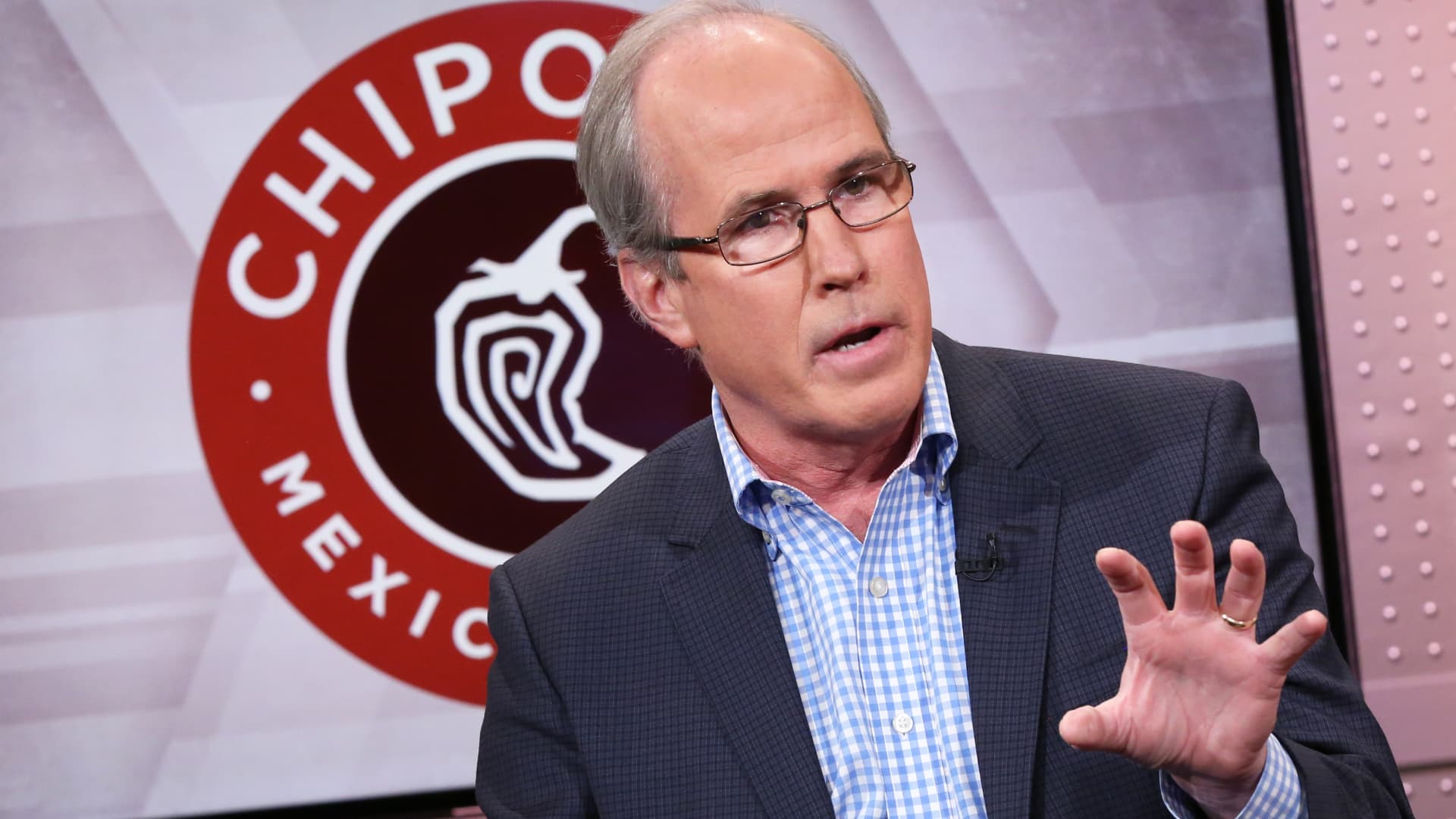Safety in Warehouses. Striving for zero harm
Warehouses across the UK are generally safe workplaces, thanks to robust safety standards and a growing culture of prevention. However, the industry must continue to prioritise safety every day. No injury is inevitable – all harm can and should be prevented. The importance of this commitment is tragically illustrated by the case of Jamie Anderson, [...] The post Safety in Warehouses. Striving for zero harm first appeared on Warehouse & Logistics News.

Warehouses across the UK are generally safe workplaces, thanks to robust safety standards and a growing culture of prevention. However, the industry must continue to prioritise safety every day. No injury is inevitable – all harm can and should be prevented.
 The importance of this commitment is tragically illustrated by the case of Jamie Anderson, a 35-year-old father from Newark. On 4 June 2019, Jamie lost his life when the forklift truck he was operating overturned after clipping a kerbstone. He was not wearing a seatbelt at the time. An investigation by the Health and Safety Executive (HSE) found that his employer had failed to properly enforce seatbelt use or adequately assess the risks associated with forklift operations. The company was fined £500,000 after pleading guilty.
The importance of this commitment is tragically illustrated by the case of Jamie Anderson, a 35-year-old father from Newark. On 4 June 2019, Jamie lost his life when the forklift truck he was operating overturned after clipping a kerbstone. He was not wearing a seatbelt at the time. An investigation by the Health and Safety Executive (HSE) found that his employer had failed to properly enforce seatbelt use or adequately assess the risks associated with forklift operations. The company was fined £500,000 after pleading guilty.
Jamie’s mother, Sarah, spoke movingly about the devastating impact of his loss, reminding us how easily a normal workday can end in disaster if basic precautions are not taken. This incident underlines a critical truth: safety must never be left to individual choice alone; it requires a proactive, company-wide commitment to risk management.
The financial cost of workplace injuries is significant too. In 2022/23, work-related ill health and injury in the transport and storage sector amounted to an estimated £1.3 billion – around 6 percent of the total cost across all industries.
Recognising the ongoing importance of improving standards, the UK Warehousing Association (UKWA) partnered with Mentor Training to host a special event in April, sharing best practices on workplace safety. At the event, attendees heard from Lisa Ramos, a logistics office worker who lost her leg in a forklift accident nearly 20 years ago. Lisa spoke powerfully about the long-lasting impact her injury has had not just on her own life, but also on her husband and son, showing that the effects of workplace incidents extend far beyond the injured individual.
In line with our mission to raise standards, last year the UKWA launched a Certificate of Professional Competence for Warehouse Managers. This globally recognised qualification includes a specific module on workplace safety, helping to embed a culture of risk awareness and proactive management across the sector.
There are already strong examples of industry leadership in this area. Amazon, for example, employs over 300 safety professionals across the UK. In 2023/24, their UK Operations teams reported 132 injuries, with 86 percent being minor issues such as muscle strains. Since 2019, Amazon has invested more than a billion US dollars in their global pursuit of safety initiatives and new technologies.
The goal for all warehouse operations is clear: zero harm. Achieving it means learning from past incidents, investing in training, enforcing clear standards, and fostering a culture where safety is everyone’s responsibility. Most warehouses are safe. But safety must never be taken for granted. Every day, every shift, every decision matters – because every worker deserves to come home safely.
Clare Bottle
UKWA, CEOThe post Safety in Warehouses. Striving for zero harm first appeared on Warehouse & Logistics News.























































































































































